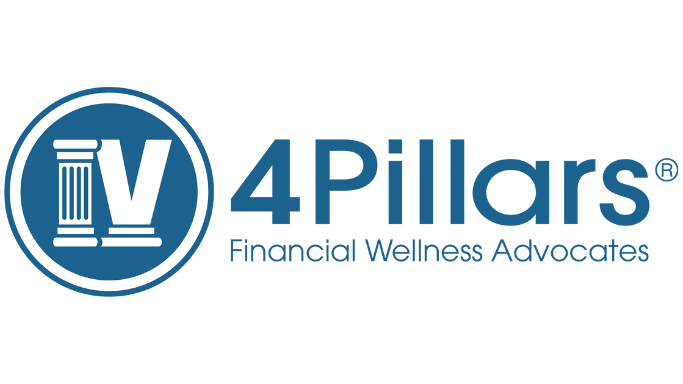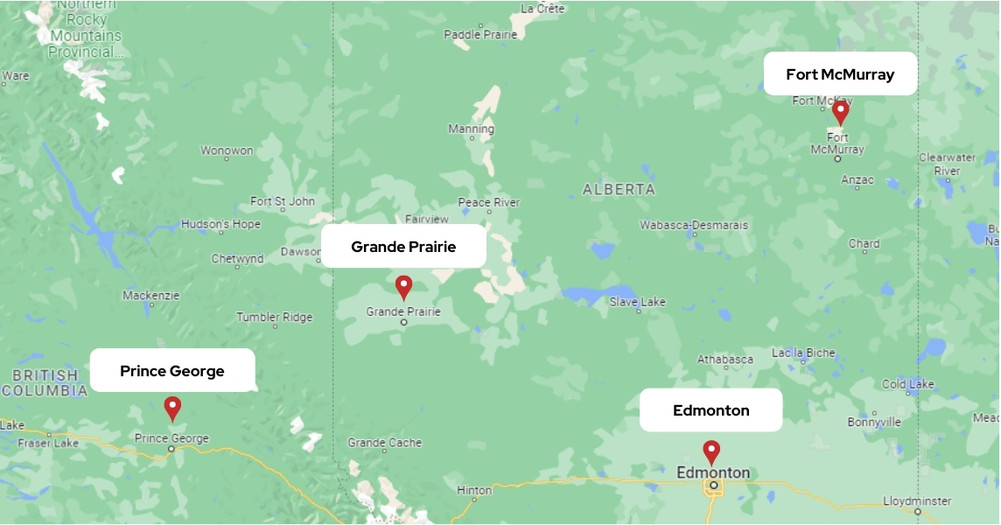Online and mobile banking is growing in popularity in every country due to reasons such as mobility, ease of access and speedy transaction times. You no longer have to go to the bank to check your bank transactions or your account status. Payment of bills or purchasing online products is much simpler. No more queues for paying bills, and shopping for goods are become as simple as browsing through a web page. Now, all you have to do is click a button and the job is done for you. Constant emails and messages inform you on various banking offers to grow your money and at the same time inform you of your various transactions.
Canada has an internet usage of more than 28.47 million users. With this consumer base, as online and mobile banking increasingly gains popularity, the possibilities of scams and robbery also increase. Hence it is important to learn how to safely use internet and mobile banking.
Here are a few things to keep in mind.
- Make sure you are using a secure internet connect. Avoiding accessing your bank account or conducting any online transactions through public Wi-Fi. This is advised because it is not a stretch to say that your electronic device could unknowingly be hacked and your passwords and any other codes may be easily robbed.
- Make sure your firewall is always on, and on its highest setting. A firewall will prevent any foreign programs from hacking or infiltration onto your electronic device.
- Have a constantly updated anti-virus. An anti-virus will always be on the lookout for any virus, bugs, malware, trojans or adware that may infiltrate into your electronic device. Viruses, adware and other malware steal your private data.
- Clean your cookies and caches. Whenever using a public electronic device, such as a computer in a cafe, or one that does not belong to you, make sure you delete your browsing history. This will clear any data, from your passwords to your email id. It is best not to leave any such information lying in another device that can easily be stolen.
- Make sure the online banking website address you access has an ‘https’ and not ‘http’. The ‘s’ stands for security and confirms that the website is secure enough to protect your data.
- If your bank has an official mobile app, download it and conduct your mobile banking through it.
- Through many emails, messages and pop ups you will receive many ads, asking you for charity donations or informing you on financial schemes or that you have won a prize. Do not click on such messages. Not only is there a possibility of a malware infiltrating your electronic device and stealing personal data, but also these messages will ask you to give your banking details.
Around 47% of Canadian use online banking. Approximately 19% use mobile banking. Both these figures are rising. With more than 28.47 million internet users, Canada is ranked as 20th country in the world for internet usage. However, while you do take as many precautions as possible, at times you may be a victim of online banking theft. In that case, do not panic. The Canadian Bankers Association and its member are bound by a voluntary commitment for online payments. Lastly, remember it is your responsibility to protect your log-on IDs, passwords and PINs.


